The Conversation: ‘Excessively high rents are a major burden for immigrants in US cities’
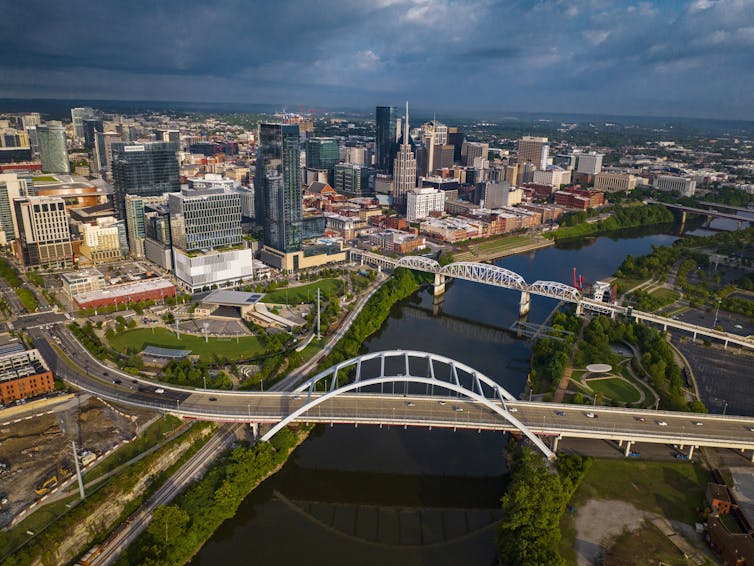
Rents across the U.S. have climbed to staggering levels in recent years. Millions of renters spend more than 30% of their income on rent and utilities, a situation that housing experts call being cost burdened.
High rents affect almost all segments of the population but are an especially heavy burden for immigrants, particularly those who have not yet become U.S. citizens. Immigrants, both documented and undocumented, play important roles in the U.S. economy. They often provide the cheapest labor in the riskiest of industries. Yet they are still not broadly accepted or supported in many U.S. cities.
We are geographers who study housing market issues, including racial-ethnic diversity and housing affordability. Our research on Nashville, which has emerged as an immigrant metropolis in the Southern U.S., suggests that foreign-born residents who are not yet citizens are far more burdened by high rents than other groups.
Many immigrant workers in Nashville spend more than 50% of their incomes on rent. This makes it hard for them to afford education and job training, healthy food, health care and other necessities that can help them participate as productive residents. Heavy rent burdens undermine their ability to have a higher standard of living and to be included in mainstream society.
As immigrants increasingly fan out across the U.S., we believe cities receiving new foreign-born residents should anticipate a growing need for affordable housing.
Hard times for renters
The past 15 years have been challenging for renters across the country. In the 2008-09 recession, which was triggered by a collapse in the housing market, millions lost their homes to foreclosure and became renters. Tighter financing made it harder for others to buy homes. By 2015, almost 43 million households had been pushed into renting.
Today about 37% of U.S. homes are occupied by renters. By 2020, almost 46% of U.S. renters paid more than 30% of their household income toward rent. As of June 2021, the median monthly rent in the 50 largest U.S. cities was $1,575 – an 8.1% increase from June 2020.
The heaviest rent burdens fall disproportionately on minorities. Almost 46% of African American-led renter households are rent burdened, compared with 34% of white households.
The COVID-19 pandemic worsened housing insecurity for people of color because of longstanding racially targeted policies and widespread health and economic disparities. Renters of color faced higher cost burdens and eviction rates. In Nashville, this was especially true in Latino and Somali communities.
Why immigrant housing matters
Immigration is the main driver of population growth in the U.S., which is important for filling jobs and boosting tax revenues. After dipping because of pandemic-era restrictions in 2020-22, immigration to the U.S. started growing again, adding 1.1 million new residents in 2023.
Foreign-born residents make up 7.15% of the U.S. population today. Most of these immigrants are not citizens, although more than 878,000 people became citizens in 2023. The median length of time these new citizens spent in the U.S. before becoming naturalized was seven years.
Nashville is the largest metropolis in Tennessee and one of the fastest-growing immigrant gateways in the South. It is home to over 37% of Tennessee’s Latino population and has been a major destination for Latinos and other foreign-born residents since the early 2000s.
For our research, we used census data estimates for 2015-19 from the National Historical Geographic Information System covering metro Nashville’s 13 counties, which contain 372 census tracts. We found that Nashville’s most racially and ethnically diverse neighborhoods had the highest levels of rent burden.
This includes census tracts with high shares of foreign-born residents who are not yet citizens, especially if those residents are Black or Latino. Our analysis of the 37 census tracts (10% of the region’s total) with the largest shares of foreign-born residents who are not yet citizens shows that the average monthly rent paid by a household in these tracts was $1,306.20, compared with $1,288.70 metrowide.
In the 37 tracts with the largest shares of Latino residents and Black residents, we found that about 21% of households spent more than 50% of their household income on rent.
Our findings corroborate other scholarly analyses of Nashville’s Somali refugees, who tend to be clustered in communities that also house other diverse groups, including Egyptians and other African immigrants. In these areas, gentrification and urban renewal have forced several Black and Somali communities from ownership into renting.
We believe specific groups of foreign-born residents may either have been ineligible or didn’t know how to apply for government-funded housing and rental assistance programs and may have had to rent from predatory landlords as a result. Some Muslim immigrants also avoid applying for bank loans because of a concept in Islamic banking called ribā, which views charging interest on loans as unjust and exploitative.
More encouragingly, we found that tracts with newer housing stock, built since 2000, have relatively lower rent burdens even though those tracts are home to many Black and non-Asian minority residents. This suggests that newer development has an important role to play in mitigating rent, especially in suburban, relatively affordable locations. In the 37 census tracts with the most foreign-born residents who are not yet citizens, about 28% of the total housing stock was built in 2000 or later, compared with 23% across Nashville.
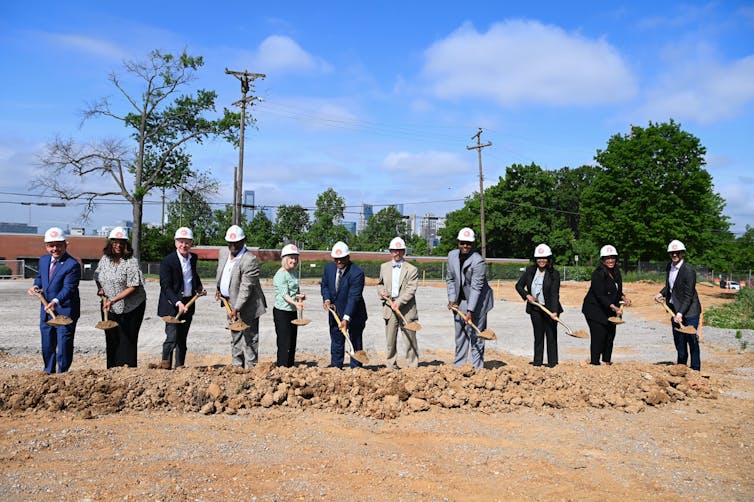
Easing rent burdens
One of the best ways to mitigate rent burdens is to build more housing and create affordable housing. However, communities sometimes oppose affordable housing projects and pro-development zoning because of fears of crime, traffic congestion or populations viewed as undesirable. Nashville is not immune to this syndrome.
The cost of housing has been a heated topic in the Nashville region since the mid-2010s. A 2023 Urban Institute report recommended creating more affordable housing in Nashville by promoting partnerships among academic, faith-based and health care institutions that own land that could be developed for housing. And the Metropolitan Council for the Nashville region plans to substantially revamp building codes to promote new housing construction.
However, critics argue that the council gives too much weight to anti-development arguments. And there is little discussion of specific ways to help groups that are ineligible for benefits and assistance that are available to U.S. citizens.

A priority for cities
Our research shows that creating more rental opportunities can help reduce rent burdens for all. We see great potential to take this research further through community-based investigations of local nuances that may add to rent burdens, especially factors and processes that can’t be adequately captured in quantitative data analysis. Many local actors have important roles to play, including elected officials and local nonprofits and community organizations that work to promote rights for immigrants and refugees.
Given the important role that immigrants play in filling jobs and contributing to local economies, we believe that helping them afford housing is a smart strategy, especially for growth-oriented cities.
Madhuri Sharma, Associate Professor of Geography, University of Tennessee and Mikhail Samarin, Lecturer in Geography and Sustainability, University of Tennessee
This article is republished from The Conversation under a Creative Commons license. Read the original article.

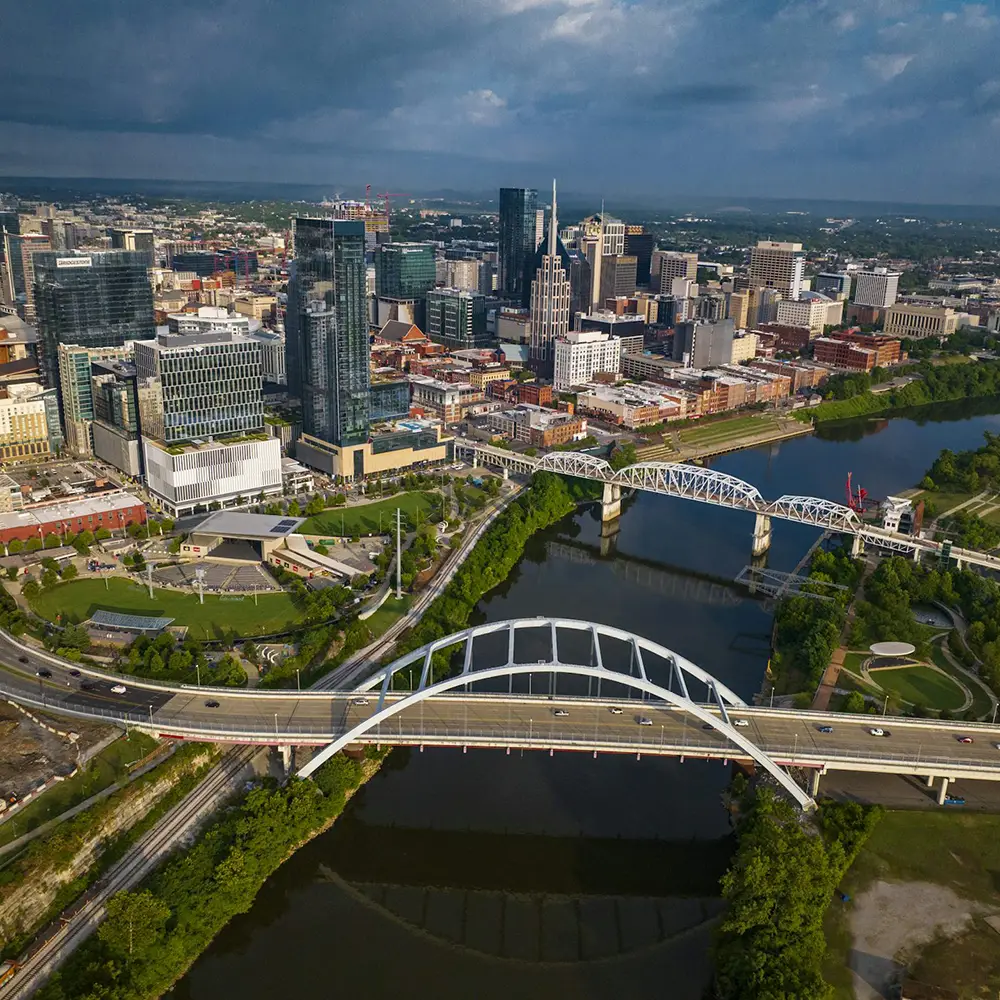
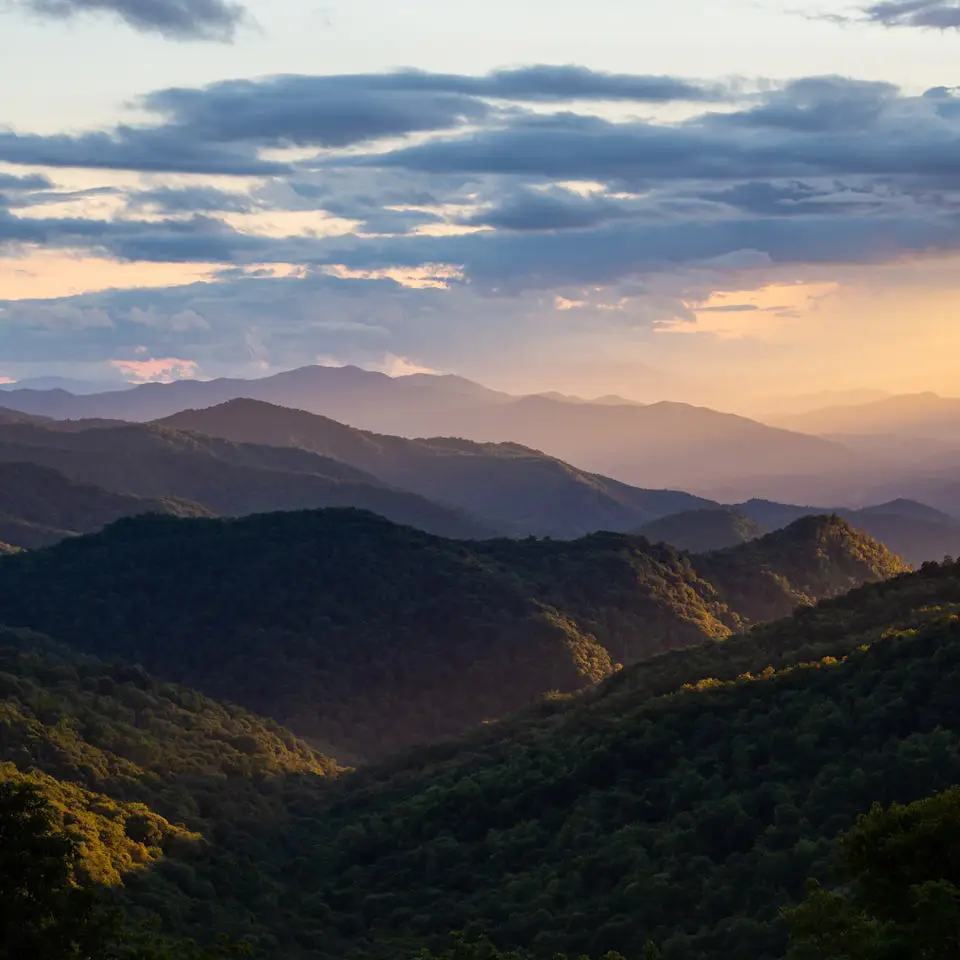
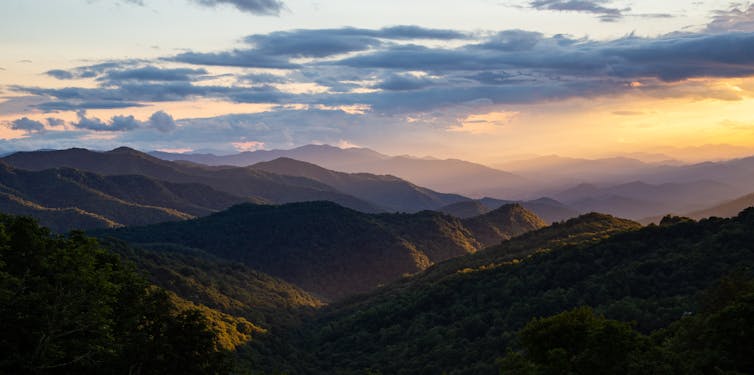


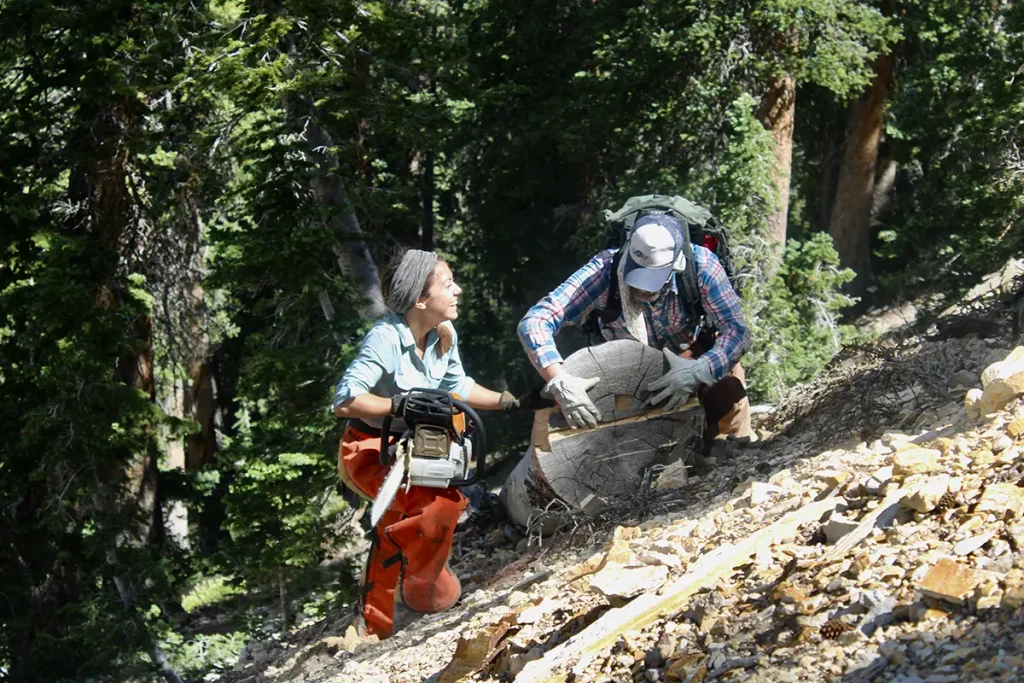
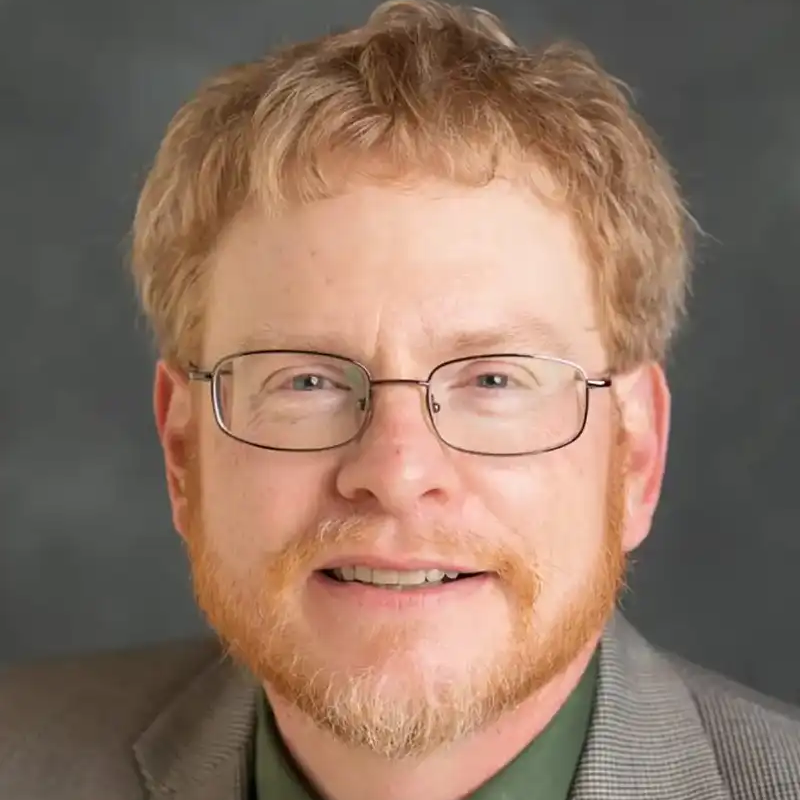

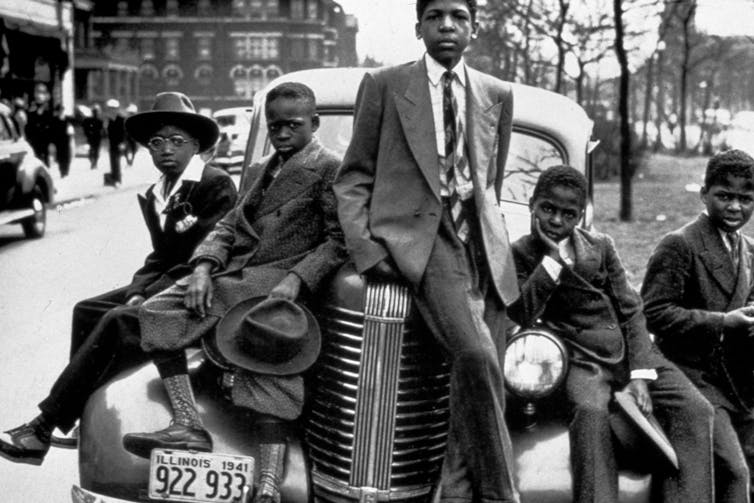
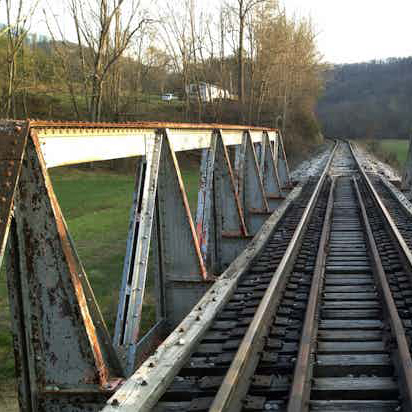




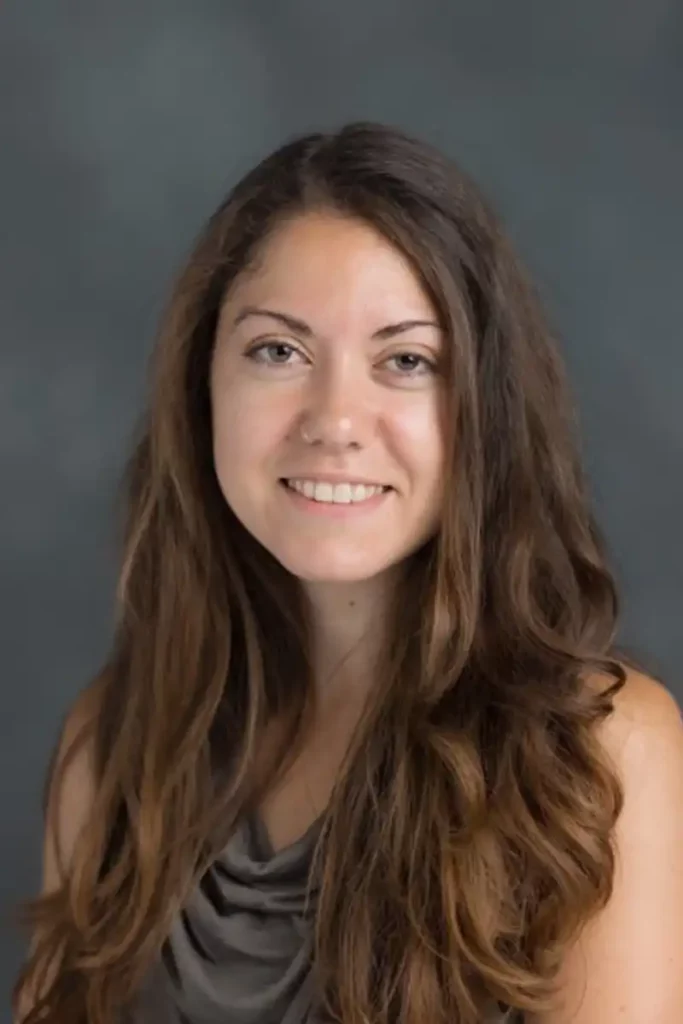


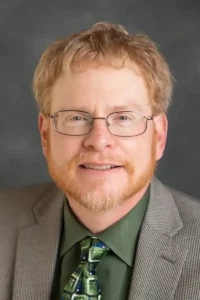

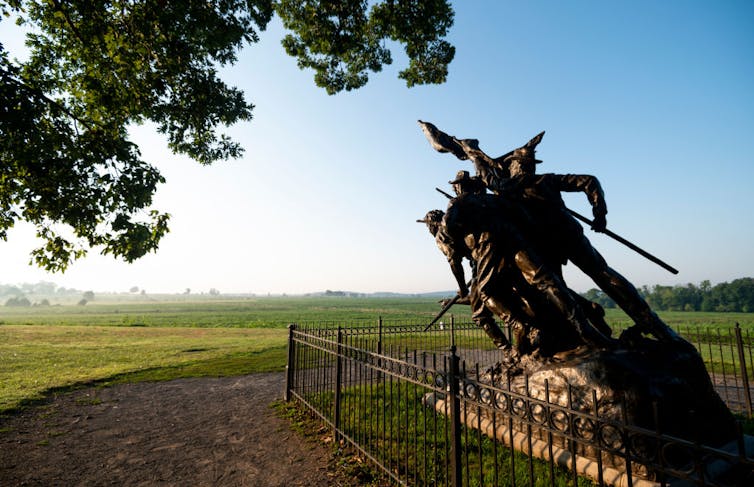
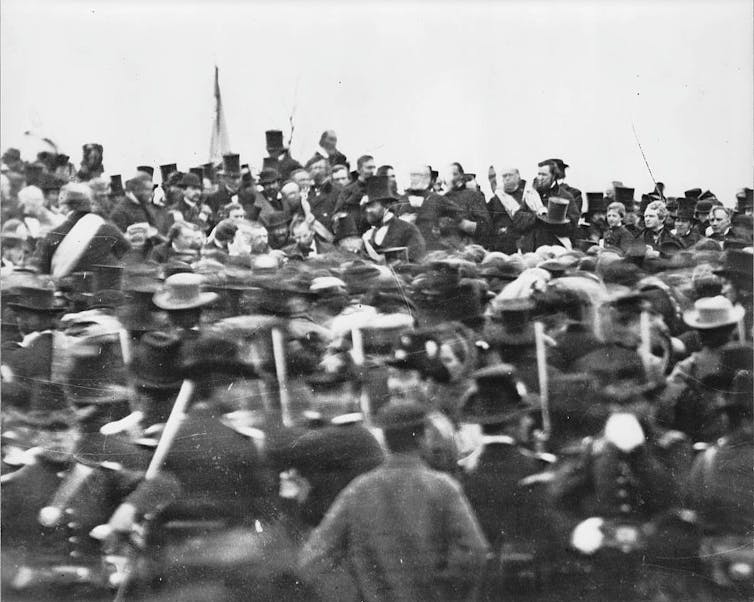
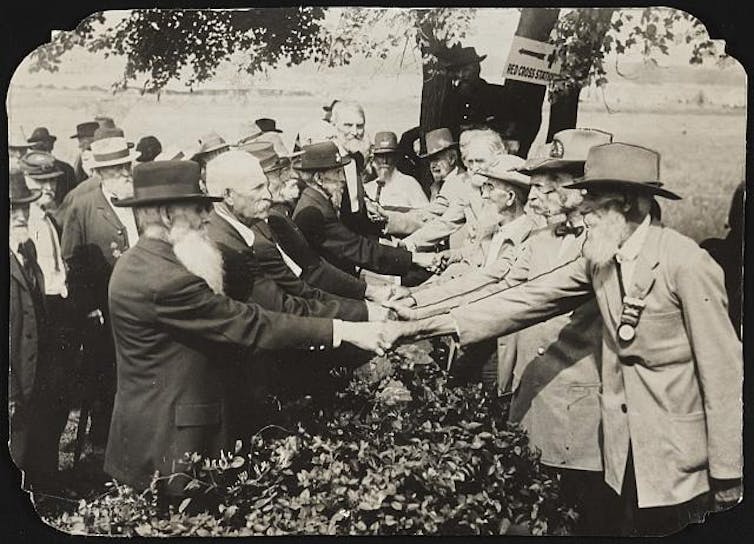
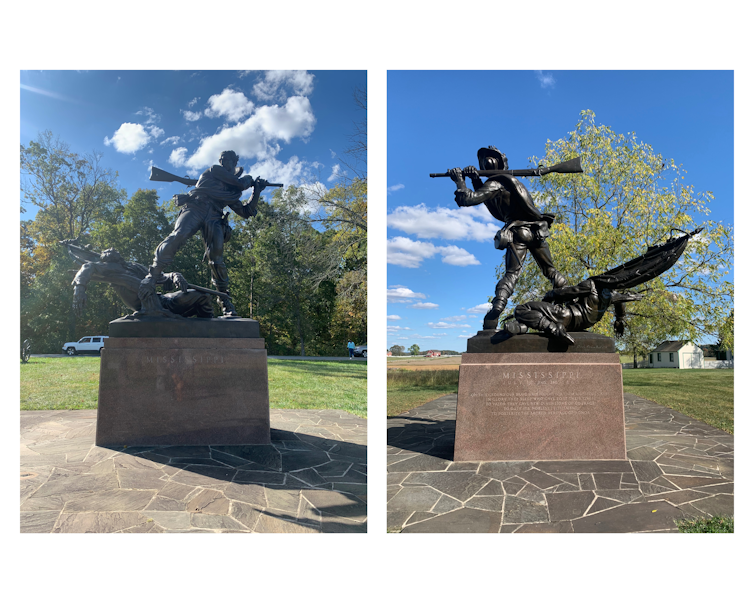
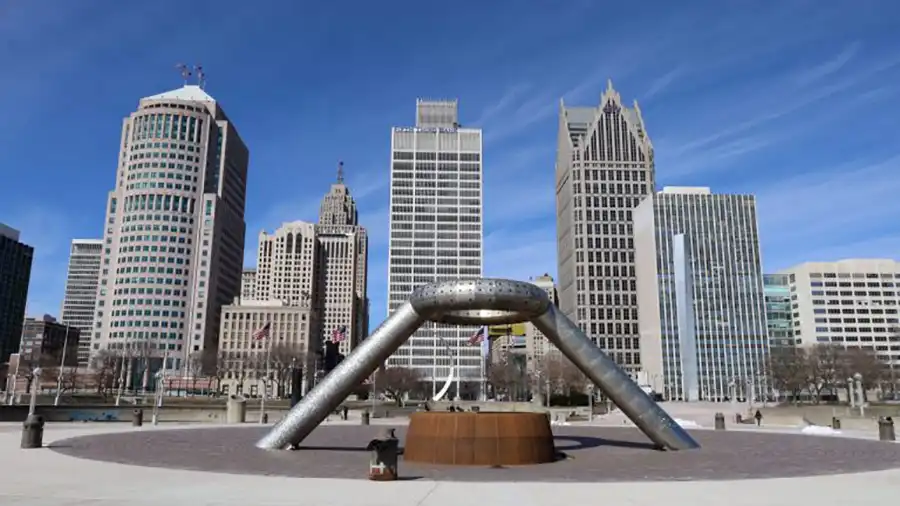
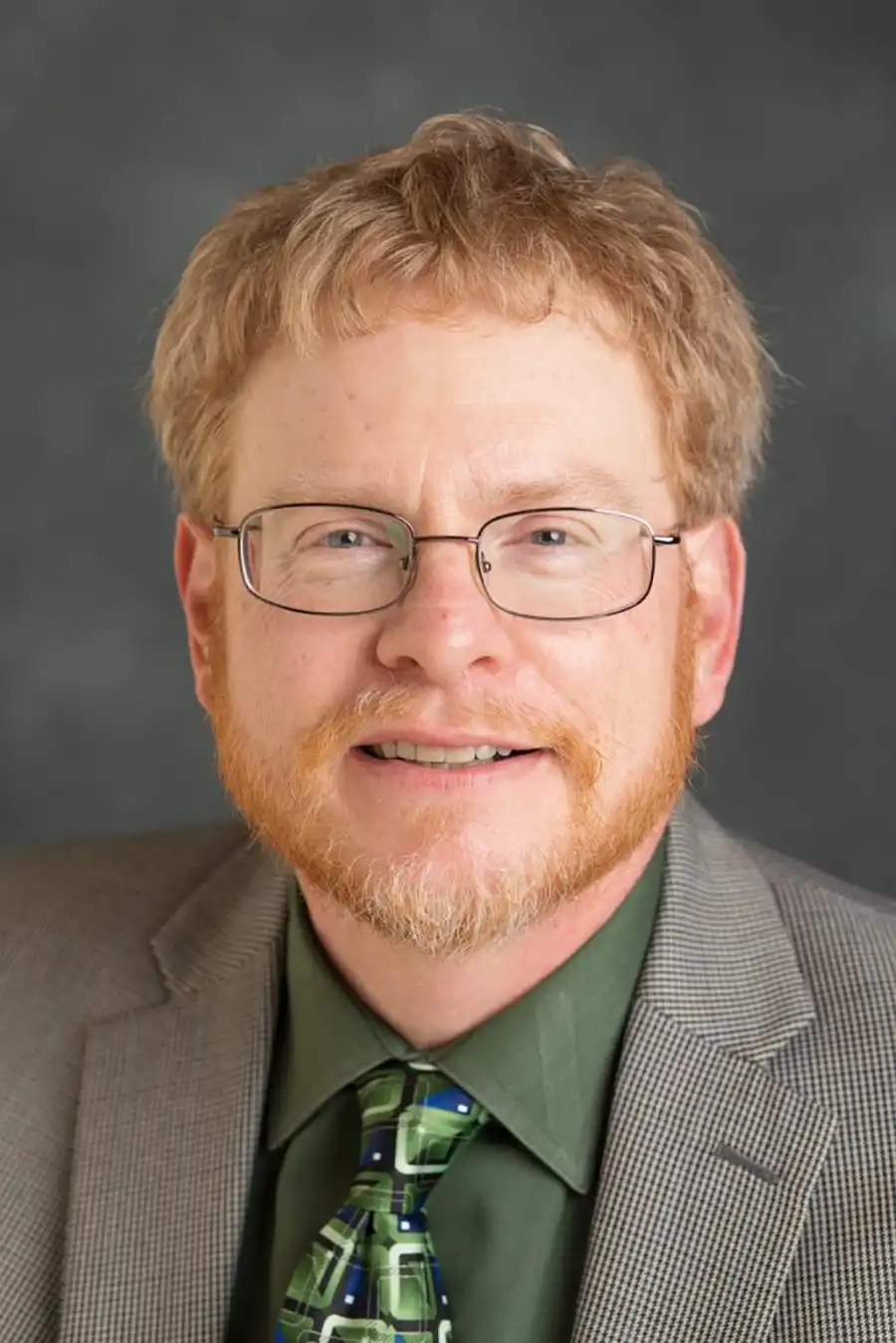 Our esteemed colleague, Dr.
Our esteemed colleague, Dr.